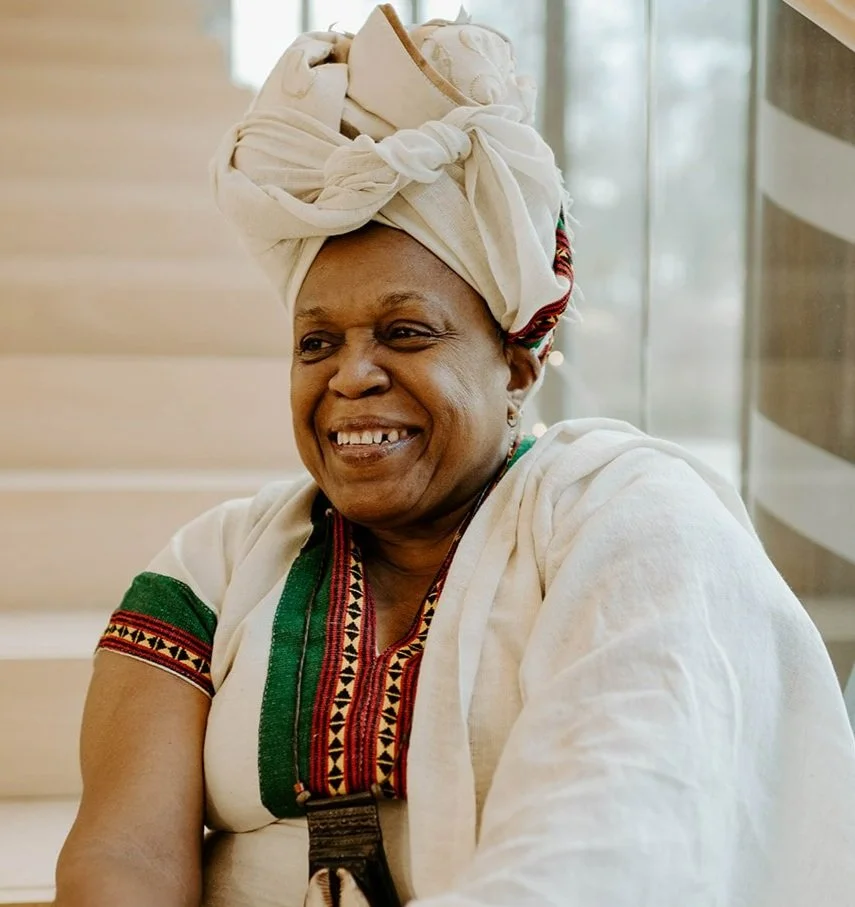a warrior for peace
Akuyea Karen Vargas—Community activist, youth mentor and historian heals racial divisions
Words by Leif Utne • Photos by Nora Phillips
In June of 2020, when George Floyd’s murder sparked a worldwide outcry over racial injustice, people across the U.S. took to the streets to vent their anger and grief. Except for a handful of scattered incidents, the demonstrations were overwhelmingly peaceful. That was true here in Kitsap County as well, where local activists organized a string of protests from Bremerton to Poulsbo to Bainbridge Island. I know because I was there.
I attended several demonstrations on Bainbridge Island and closely followed media and eyewitness accounts of gatherings throughout the West Sound. What I saw was a beautiful expression of shared grief, as well as a collective sigh of relief, as hundreds of people, young and old alike, nervously gathered in what, for most of us, was the first time in a group setting after over two months in pandemic lockdown.
Sure, there was rage. There were boisterous chants of “Say their names!” “Black Lives Matter!” and “I can’t breathe!” But there was also joy and sadness. The mood at these events was more like a somber group hug, as speakers took turns respectfully telling the stories of victims of police violence and sharing their own personal experiences with racial discrimination. It was beautiful, cathartic, even inspiring. And peaceful.
One reason those protests remained nonviolent was the constant motherly presence of Akuyea Karen Vargas, founder of the Kitsap Equity Race and Community Engagement (ERACE) Coalition, the main organization behind the local demonstrations. Vargas usually sat a few feet behind the microphone wearing a traditional African head scarf and matching mask, leaning on her wooden staff as she held space for the young activists, many of whom were speaking out publicly for the first time. If they hesitated, she would gently prod them to step up and be heard.
Eventually, Vargas would take a turn at the mic, rallying the crowd to stand up for justice. Occasionally, she would lead the throng in a march. And on at least one occasion, she had to step in to defuse a potential conflict. She was with a group of young people demonstrating in Bremerton at the east end of the Manette Bridge when several young men showed up across the road openly carrying firearms. “I said, ‘This is not good. We’ve got to have some hard conversations,’” she recalls.
Against her friends’ urging, she crossed the street to speak to the men. “I just walked across the bridge with them while they were carrying, and they said, ‘Oh, no. We don’t want to cause no trouble.’”
“But you’re carrying and making a statement here,” she pressed them. “That’s a form of communication.” She explained to the men how threatening it feels, especially to young people of color, to see counter-protesters carrying weapons. Then she asked, calmly but firmly, “Does your mother know you’re out here doing this? I don’t think your mother would approve.” The men left and never returned, at least not visibly armed.
Towering presence
Vargas may be small in stature, but the 59-year-old mother of three is a towering presence in the West Sound’s African American community. An army veteran, community activist, arts educator, youth mentor and historian, she has been a tireless advocate for the young and underserved, and for healing racial divisions in our communities for over 25 years.
After growing up on the East Coast and serving in the Army, Vargas arrived here in 1992 when her husband was assigned by the Navy to the Bangor submarine base. Raising her three Black children in the overwhelmingly white Bainbridge schools was a rude awakening, Vargas recalls. Advocating for her own children in the school system led her to start advocating for other children of color. Eventually she joined the district’s Multicultural Advisory Committee, which she co-chairs to this day.
Through two programs she founded in 2003, the Living Arts Cultural Heritage Project and Living Life Leadership, Vargas has taught cultural history and life skills to hundreds of youth throughout Kitsap County, including many of the young leaders who spoke at those demonstrations in 2020.
Earlier that spring, when the COVID-19 lockdown began, Vargas was concerned about the impact that being stuck at home would have on the mental health of her students. The pandemic has been hard on all children. But young people of color have had it especially rough. On top of school closures, economic uncertainty and social isolation, youth of color have had to contend with the added stresses of growing up in communities that are far more likely to be impacted by COVID— whether getting sick themselves, or seeing a loved one fall ill or lose a job.
She reached out to dozens of organizations that work with multicultural youth and began hosting daily Facebook Live talks and weekly Zoom meetings to help local teens stay connected and engaged.
One of those teens, Guyland Charles, helped organize the first Black Lives Matter protest I attended back in June 2020. When it was his turn to speak, he was timid at first. But with Vargas’ encouragement, he grabbed the mic and led the crowd in a rousing chant. Charles told the Kitsap Sun, “She gave me courage to help lead a group and speak out and use my voice.”
Recognizing her contributions, Governor Jay Inslee bestowed Vargas a 2021 Governor’s Arts and Heritage Award in the new category of Luminaries, honoring people who “stood as shining lights for their community during the pandemic.” Commenting on the award, Sheila Hughes, executive director of the Bainbridge Island Museum of Art, described Vargas as “a trusted advisor… as well as a great friend who has a genuine laugh and a huge hug just when you need one.”
Signs of progress
So, nearly two years after the tumultuous summer of 2020, are we making progress on racial justice here on the West Sound? Vargas says the answer is yes. “I feel like the consciousness of the nation has shifted,” she says. “They’re looking deeper at these systemic things and saying we better do something.”
Vargas ticks off a litany of bright spots locally. The county health district has declared racism a public health crisis. The Bainbridge Island and Kitsap County governments have established race equity advisory committees. Several local governments have signed up for staff training programs on diversity, equity and inclusion. The Port Gamble S’klallam and Suquamish Tribes are cooperating more than ever with neighboring towns and non-tribal residents. And numerous faith communities are working on healing and reconciliation within their congregations.
Vargas also praises Kitsap SURJ (Standing Up for Racial Justice), an organization that works “to move more white people off the sidelines and into the work of undermining white supremacy.”
Most importantly, she sees progress being made in our schools, where educators are beginning to teach more inclusive histories and incorporating more authors of color in their curricula. Vargas says it’s young people who give her the energy to keep doing this work. “Youth always sustains me. My hope is in the future, in this next generation. Because we can’t change what happened yesterday, but we can work towards healing and transforming what today and what tomorrow would look like.”
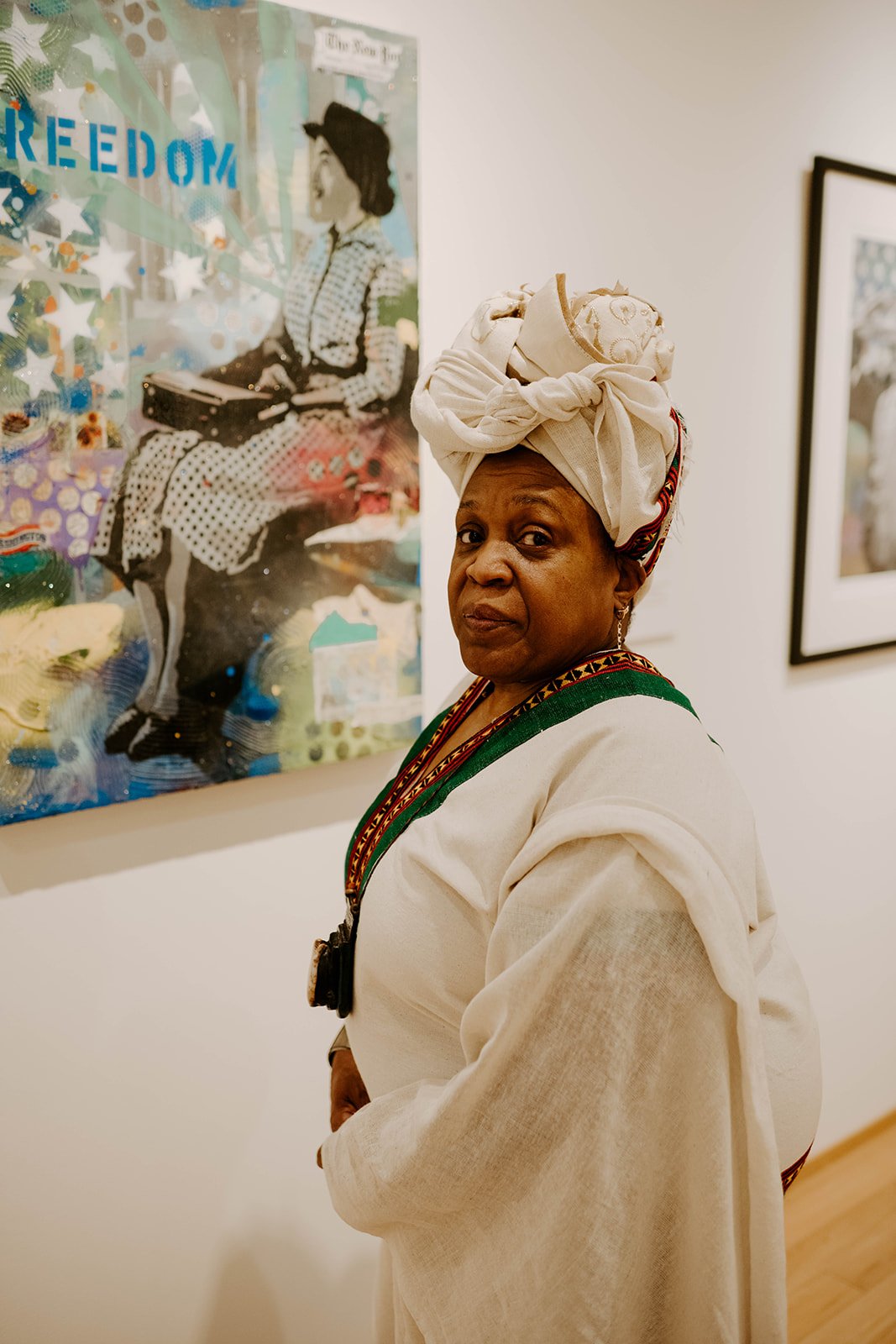
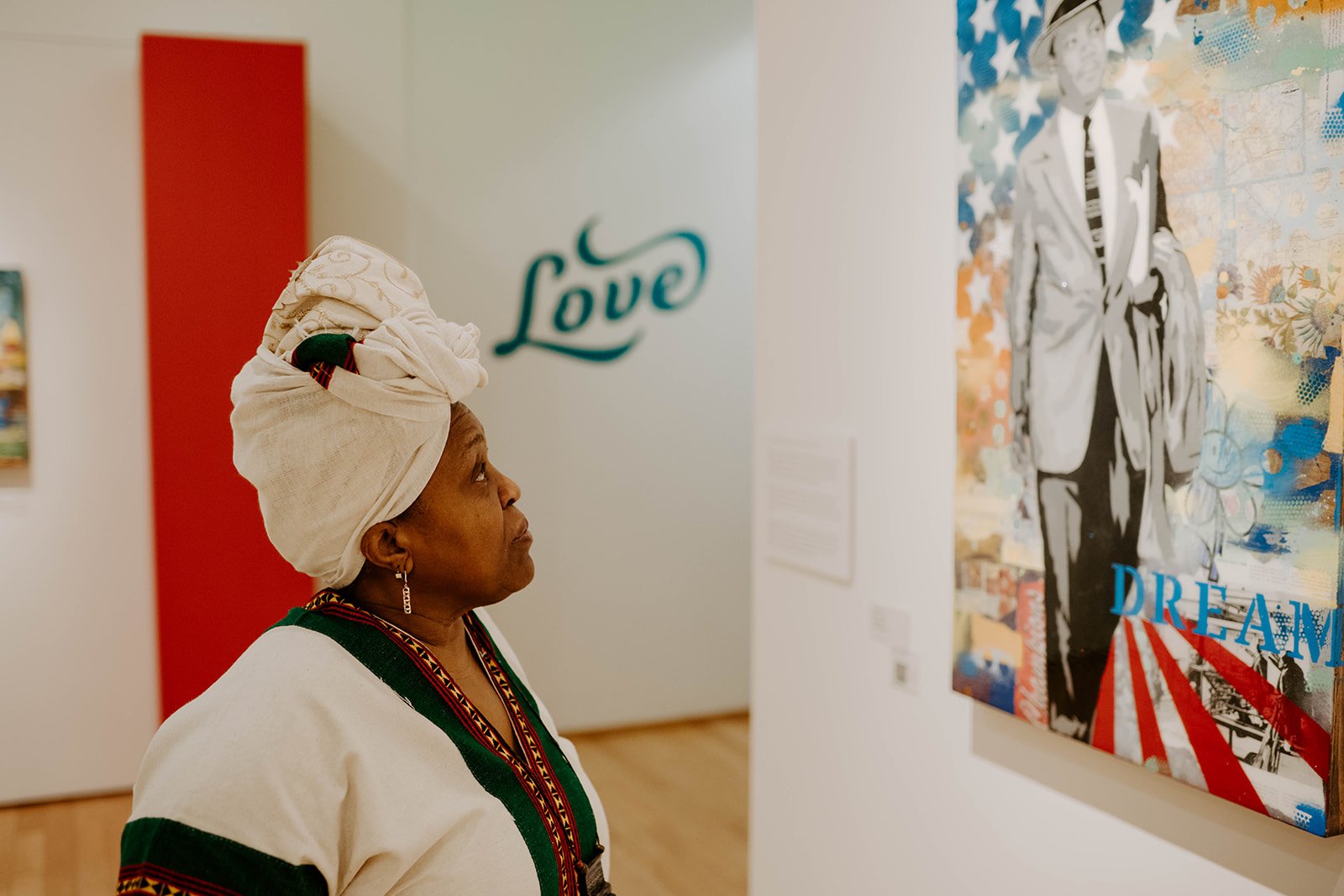
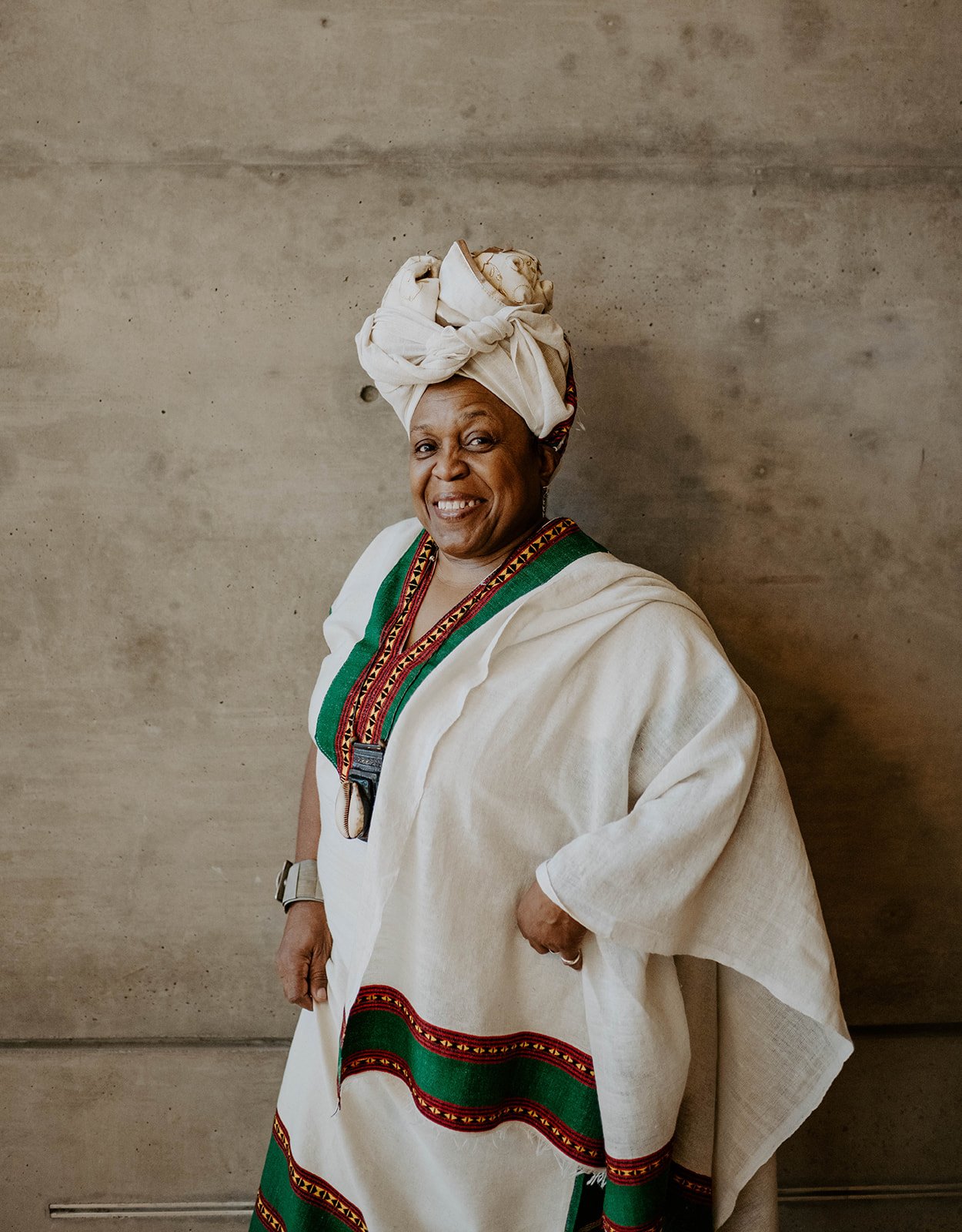
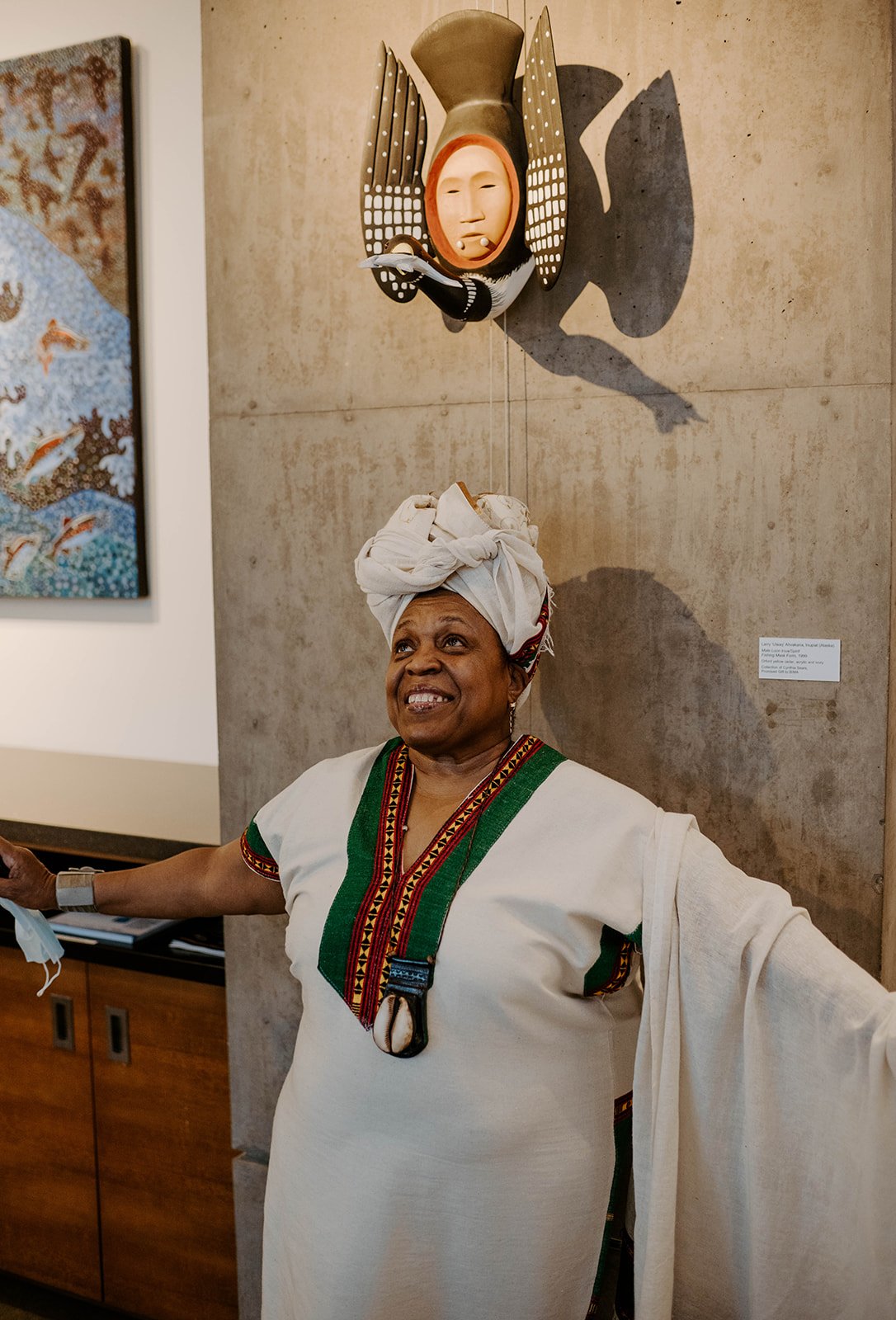
Hidden histories
Akuyea Karen Vargas dedicates much of her time to researching and preserving the histories of local people of color, including pioneering sailor John Henry “Dick” Turpin, whose name now adorns the historic post office in downtown Bremerton.
On a clear July morning in 1905, a boiler explosion rocked the USS Bennington in San Diego Harbor, killing 66 and injuring nearly 105 men on board. It was the Navy’s worst peacetime disaster. As the ship took on water, Turpin saved the lives of three officers and 12 sailors, swimming them ashore one by one. Eleven sailors received Congressional Medals of Honor after the incident. But not Turpin, the only Black man on board.
Born in 1876, Turpin spent 30 years in the U.S. Navy, decades before it was racially integrated. He served in the Spanish-American War, the Boxer Rebellion and World War I. He is believed to be the first Black American to earn the title of Master Diver and rose to the rank of Chief Petty Officer before he retired in 1925. He spent the next few decades working at the Puget Sound Navy Yard in Bremerton, where he lived until his death in 1962.
Vargas suggested the idea of renaming the post office after Turpin to Rep. Derek Kilmer (D-Gig Harbor) in 2017. Kilmer introduced a bill in 2019. And in 2020, Congress voted to make the name change official.
Vargas was ecstatic. “Turpin was the most celebrated African American in Kitsap County and around the nation,” she told the Kitsap Sun. “Here we were, we didn’t even have a headstone for the man.”
Photo: US Naval History & Heritage Command

